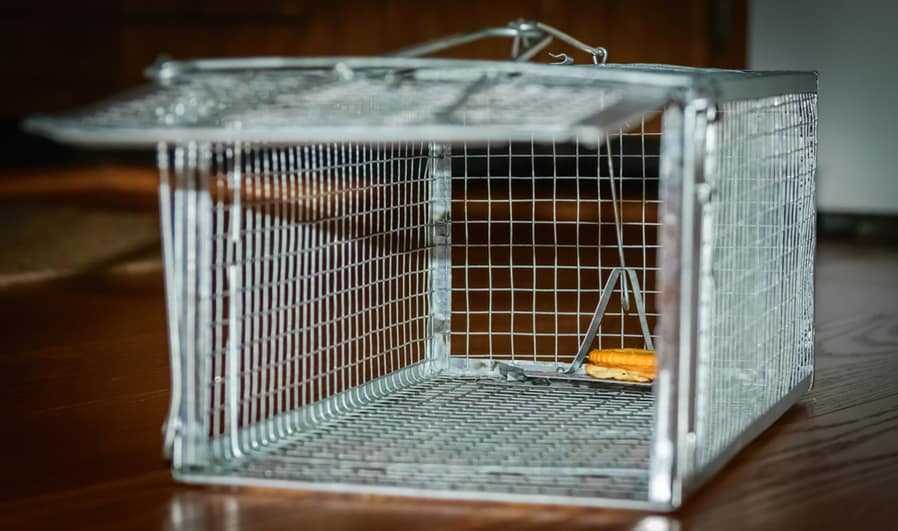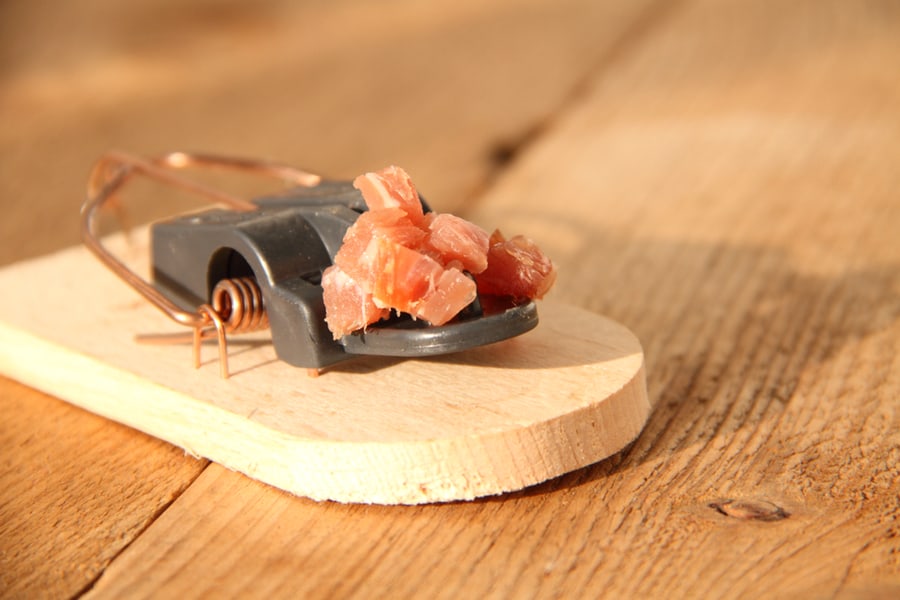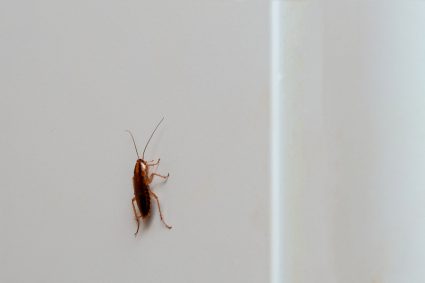
Are you tired of sharing your basement with unwanted rat visitors? Sick of hearing the scurrying noises coming from your basement?
Are you struggling to catch a rat becoming a nuisance in your basement?
To catch a rat in the basement, you can use the following:
- Rat Traps
- Rat Repellents
Rats can chew on electrical wires, pipes, and other structures in the basement, causing expensive damage.
They can also contaminate food and surfaces in the basement with their feces, urine, and parasites, posing a health risk to humans.
Besides this, they can make noises as they move around in the basement, which can be disruptive and annoying.
Lastly, they also produce unpleasant odors as they live and nest in the basement, which can be unpleasant to homeowners.
These pesky creatures can keep you awake all night as they gnaw on anything they come across in the basement. Therefore, as soon as you realize there are rats in your basement, you must get rid of them.
You might also need to engage a professional in the event of an infestation.
In this article, we will share a few tips on what you can do to catch rats in the basement and also how to prevent them from coming back in the future.
5 Tips To Catch a Rat in the Basement

From identifying the rat’s entry points and setting up a trap to using bait and repellents, here are some practical and proven methods for catching and removing rats:
1. Identify the Rat’s Entry Points

The first step in catching a rat in your basement is to find out how it is getting inside.
Look for holes or gaps in your walls, floor, or foundation that the rat may use to access your basement.
You can use a flashlight or a phone light to help you see these openings more clearly.
Once you have identified the entry points, use steel wool or a sealant to block them and prevent the rat from returning.
2. Set Up a Rat Trap

Many rat traps are available, including snap traps, glue traps, and live traps.
Snap traps use a spring-loaded bar to quickly and humanely kill the rat, while glue traps allow you to capture the rat alive and release it in a more suitable location.
Live traps allow you to catch the rat without harming it, but you will need to release the rat far enough away from your home to prevent it from returning.
Choose a trap that is appropriate for the size of the rat and set it up in an area where you have seen the rat or where you suspect it may be hiding.
Check the trap regularly and humanely dispose of any captured rats.
3. Use Bait

You can use food as bait to attract the rat to the trap. Some good options include:
- Peanut Butter
- Cheese
- Bacon
Be sure to follow the instructions on the trap to set it up and use the bait properly.
You may need to experiment with different bait types to see which works best for catching the rat.
4. Use a Rat Repellent

You can try using a rat repellent to discourage the rat from entering your basement.
Many different repellents are available, including ultrasonic sound waves or natural ingredients like peppermint oil.
Some repellents are designed to be used in a specific area, while others can be placed throughout your home to create a barrier that rats will not cross.
Be sure to follow the instructions on the repellent to ensure it is used properly.
5. Consult a Professional

If you cannot catch the rat or have a larger infestation, you may consider hiring a professional pest control company to handle the problem.
They will be able to identify the source of the infestation and implement more comprehensive control measures.
This may include sealing up entry points, setting traps, and using rodenticides.
A professional can also advise you on how to prevent future infestations.
Tips on Best Use of Rat Traps

It is important to note that no matter which type of trap you choose, use it safely and humanely.
This includes checking traps regularly and disposing of trapped rats promptly to minimize suffering.
When setting and disposing of traps, it is important to follow these guidelines to ensure the process is safe and humane:
- Follow the manufacturer’s instructions for setting the trap. Make sure the trap is set correctly and that it is stable and secure.
- Use gloves when handling traps, especially if using a snap or glue trap. This will protect you from being bitten or coming into contact with the rat’s urine or feces.
- Use bait that is appropriate for the type of trap you are using. For example, cheese is a good bait for snap traps, while peanut butter or seeds can work well for live traps.
- Set up the trap close to a source of food or in an area where rats are known to congregate.
- Check the trap regularly and dispose of any trapped rats as soon as possible.
- If using a snap or glue trap, dispose of the rat by placing it in a plastic bag and sealing it before placing it in the garbage.
- Lastly, wash your hands thoroughly after handling any traps or trapped rats.
Following these guidelines, you can effectively and humanely catch and dispose of rats in your basement.
Summary
Following the steps outlined above, you can effectively catch a rat in your basement and prevent it from returning.
A trap is the fastest way to catch a rat.
Do not let these pesky pests ruin your peace of mind. Take action to catch and remove them from your basement.
Frequently Asked Questions
How Do I Get a Rat Out of My Basement?
Using a trap is the most effective way of getting a rat out of your basement.
Whether to want to catch and release or want to kill them, a trap always works best.
How Do You Get a Rat To Come Out of Hiding?
Rodents can be lured out of hiding in two ways:
- Using food lures to get them outside
- Using repellents to drive them from the nest
If you decide to lure them, use peanut butter to quickly draw them outside.
Is It Better To Kill a Rat or Release It?
It is generally more humane to release a rat rather than kill it.
However, it is important to release the rat at least 5 miles from your home to prevent it from returning.












